Few things will help a young athlete develop physical skills at a higher level than consistent training. As youth strength and conditioning coaches, much of what we know from the legendary Bompa’s, Balyi’s, Drabik’s, and Verkhoshanskys of the world has been based on their observations working with kids daily, in a completely immersive institutionalized setting, for a long period of time. 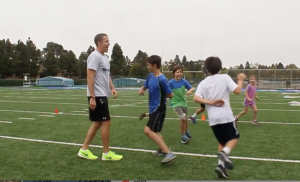
We are faced with a very different model of consistency here in the United States. If you are working as a youth strength and conditioning coach in the private sector, young athletes’ participation in your program is treated more like an “additional activity” than a necessary aspect of their long-term development.
When mom and dad’s time, money, and energy aren’t too constrained, their child gets to participate in your program. At the first sign of any scarcity of these resources, parents will find a reason to discontinue.
To create more consistency, measurable results, and business sustainability, it’s important to evaluate how to create a business model and training environment that keeps kids and parents engaged for the long-term with our programs.
In my over 15 years of creating youth fitness programs of all sizes, in addition to SPIDERfit Kids’ current consultation with youth sports and fitness organizations around the world, this is one of the challenges I’ve set out to tackle.
Taking into account my own experiences in addition to parent questionnaires, market research, and other “experiments” done by the coaches we consult with, we’ve been able to identify some critical aspects of creating a business model and training experience that increases long term retention for 5–12 year-old athletes.
While not all coaches have the ability to impact their employer’s business model, below are some simple aspects of the training environment that we’ve found to increase program adherence.
- Coach and athlete name recognition
- Parent communication
- Incentives for progression
Coach and Athlete Name Recognition
 One of the fastest and easiest ways to create a community where young athletes feel like they belong is for coaches and other athletes to know and use their names as soon as possible. Likewise, young athletes should know their coaches and other program participant’s names. If a young athlete doesn’t know their coach’s name after their first day of training, it’s a missed opportunity that trivializes the coach’s engagement.
One of the fastest and easiest ways to create a community where young athletes feel like they belong is for coaches and other athletes to know and use their names as soon as possible. Likewise, young athletes should know their coaches and other program participant’s names. If a young athlete doesn’t know their coach’s name after their first day of training, it’s a missed opportunity that trivializes the coach’s engagement.
This isn’t something that happens passively for most so I encourage coaches to make it a pillar of their program. It should immediately become obvious to everyone involved that knowing everyone’s names is a critical aspect of your program.
When a child feels like they belong, they feel a sense of accountability and community. This is relayed when they’re talking to their parents about their experience with your program. It is more difficult for parents and young athletes to leave a program where they feel like they are part of a community.
Parent Communication
Remember, most parents of young athletes pay for a program that they don’t’ stick around to watch. Somewhere between when parents drop their young athletes off and when they pick them up, you’re most likely doing some cool stuff to enrich their child’s life. How do parents know that?
I’ve learned that coaches can’t assume parents have any idea what’s happening with their child between drop off and pick up. Young kids aren’t exactly forthcoming in sharing the details of a day of training either.
This makes it critical for coaches to connect with parents either in person, on the phone, via email, or by text at least once per week. Once a child is old enough to drive themselves to training, communication doesn’t have to be as frequent.
To keep this communication concise and effective, I recommend the “4 Sentence Conversation”:
- Tell the parent something their child did well that day/week.
- Share a unique personality trait that their child has that allows them to be successful (“Logan is really using her arms well when she runs. She’s such a good listener, she really takes coaching well.”)
- Share one thing you are working on.
- Share how this skill contributes to one of the long-term goals shared by the parent or athlete.
 This level of consistent feedback brings parents into the process. It leaves no question as to where their investment of time, money, and energy in your program is going. They are less likely to discontinue participation when they understand where their child is in the developmental process. It doesn’t hurt that they get to know you better either.
This level of consistent feedback brings parents into the process. It leaves no question as to where their investment of time, money, and energy in your program is going. They are less likely to discontinue participation when they understand where their child is in the developmental process. It doesn’t hurt that they get to know you better either.
These conversations are also a very personalized forum to encourage sign-ups for future programs in addition to soliciting testimonials and referrals.
Another step you can take to bring parents into the process is to regularly text a picture or video of their child in action. Obviously, be sensitive to parent concerns about pictures of their child, but I can honestly say I’ve never had an issue sending a parent a picture of their child in action when they are not there to see them.
The above steps provide a consistent answer to “what am I paying for?” This increases the value of your program so it becomes a higher priority on the endless list of things kids are doing or could be doing.
When looking at the different interventions we have taken with coaches in order to help them improve their program adherence with 5-12 year-olds, frequent 1-1 parent interaction has emerged as one of the most important factors.
Incentives for Progression
Another way to keep kids and parents excited and engaged with a long-term developmental program is to clearly define developmental benchmarks for skills and recognize kids for accomplishing these benchmarks.
Consider the success of the “belt” system in martial arts for keeping kids and parents engaged with the program. A young martial artist and their parents are aware of universal criteria for progression. To get the next belt, they have to do “X”. Once they do “X”, they earn a public symbol of accomplishment and acumen; a colored belt.
In terms of youth strength and conditioning, picture creating levels designated by a colored wrist band, t-shirt, or other designation. To earn a certain color of wristband, a young athlete has to display competency with a list of skills and accomplishments. 
For example, for a “Level 1” wristband, youth athletes would need to:
- Identify relevant gym equipment by name
- Identify specific anatomy
- Recite a gym mantra or ethos by memory in front of a group
- Perform 1-3 fundamental movement patterns with developmentally appropriate criteria
- Perform an at-home chore, activity, etc. a certain number of times with parent signature
Once the athlete accomplishes these criteria, they receive an appropriately colored wristband or other awards. They are immediately aware of what they must do to accomplish the next level.
Notice the criteria for progression involve skills beyond exercise. This allows a coach to reinforce the expectation, culture, and positive external influence of their program.
The coaches I have worked with that have implemented this type of system report that:
- Kids become more engaged in the learning process. They want to master skills so they can get to the next defined level.
- Parents are more aware of specific skills and why they are important to the process of development. They also value the at-home progression criteria that compels their kids to do things they usually wouldn’t do; like making their bed, clearing their dinner dishes, etc.
- Assessments have become more relevant to the needs of young athletes. The focus shifts to the quality of a movement vs. merely the magnitude. This ensures that the focus of progression at young ages is skill proficiency.
- Coaches are able to expand their expectations for things outside of exercise. They are seeing more at-home adherence in addition to increased attention to other aspects of their program they deem important. Imagine how much more efficient coaching becomes when athletes are expected to understand basic anatomy, equipment vocabulary, and other important aspects of training.
- Kids are staying in their programs longer.
The more I’ve worked with coaches from different organizations and programs, it’s become more and more clear that when it comes to creating a program that maximizes engagement with kids and parents, it’s not so much what we do, but how we do it. These concepts seem so simple, yet we as coaches often forget their importance.
The best training program in the world in a disengaged, disconnected environment fails to deliver results for anyone involved.
There are also quite a few factors associated with the business model, like how payments are collected (EFT!), how frequently programs are run (no “gaps” between programs!), and others that impact program adherence. However, not every coach in an organization has influence over these factors.
Whether you own a youth fitness facility or work for one, remember to take the above steps to create a training environment that gets parents and kids excited to be committed for the long haul.
 Brett Klika is a youth performance expert and a regular contributor to the IYCA who is passionate about coaching young athletes. He is the creator of the SPIDERfit Kids youth training program and has run successful youth fitness programs all over the country. Brett is an international speaker whose passion for youth fitness has helped thousands of people learn how to create exceptional training experiences for young athletes.
Brett Klika is a youth performance expert and a regular contributor to the IYCA who is passionate about coaching young athletes. He is the creator of the SPIDERfit Kids youth training program and has run successful youth fitness programs all over the country. Brett is an international speaker whose passion for youth fitness has helped thousands of people learn how to create exceptional training experiences for young athletes.
The IYCA Certified Athletic Development Specialist is the gold-standard certification for anyone working with athletes 6-18 years old. The course materials were created by some of the most experienced and knowledgeable professionals in the industry, and the content is indisputably the most comprehensive of any certification related to athletic development. Learn more about the CADS certification here:
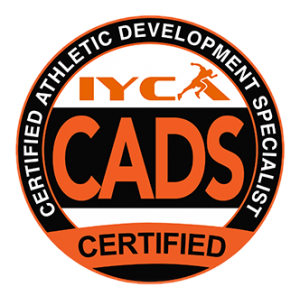

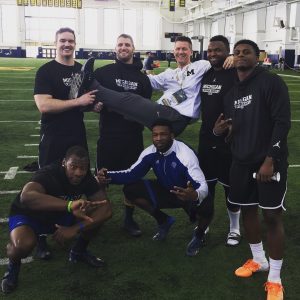 basketball players at the time, but I happened to help some football players improve their 40 times by teaching them more efficient mechanics. Well, they told their friends, and those friends told others, and before you knew it I had all sorts of people coming to me to run faster.”
basketball players at the time, but I happened to help some football players improve their 40 times by teaching them more efficient mechanics. Well, they told their friends, and those friends told others, and before you knew it I had all sorts of people coming to me to run faster.” evolving and stay current with what is happening in particular segments of the industry. Reading journal articles, attending conferences and sporting events, and fostering relationships with key people are all part of the process.
evolving and stay current with what is happening in particular segments of the industry. Reading journal articles, attending conferences and sporting events, and fostering relationships with key people are all part of the process.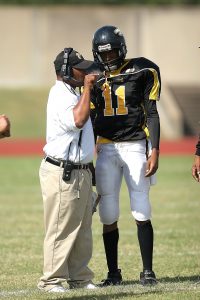
 Jared Markiewicz is the founder and CEO of Functional Integrated Training, in Madison, WI. Jared has worked with a wide array of athletes including middle schoolers, collegiate and professional athletes, as well as adults – all looking to find the best version of themselves. He sits on the IYCA Advisory Board, has gone through many IYCA certifications, and is a regular contributor and speaker for the IYCA.
Jared Markiewicz is the founder and CEO of Functional Integrated Training, in Madison, WI. Jared has worked with a wide array of athletes including middle schoolers, collegiate and professional athletes, as well as adults – all looking to find the best version of themselves. He sits on the IYCA Advisory Board, has gone through many IYCA certifications, and is a regular contributor and speaker for the IYCA.


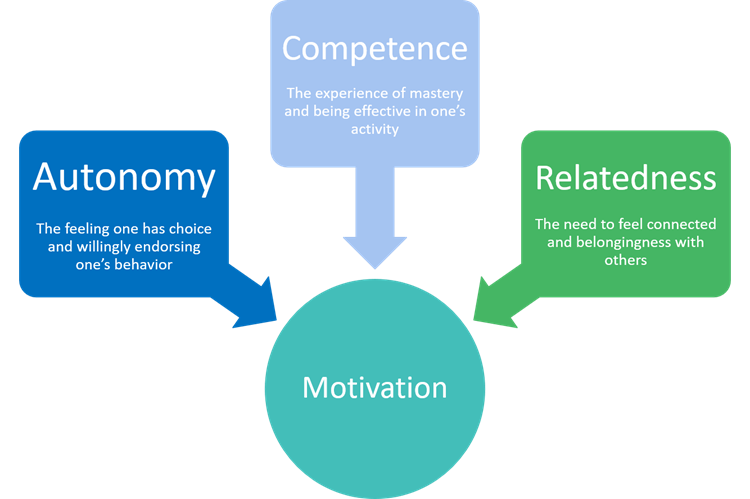

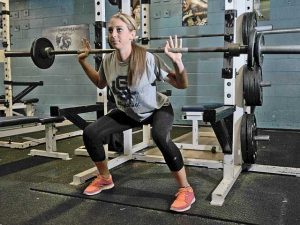 Fortunately, sports are not the “boys club” they once were. Sports participation amongst young women and girls is at an all-time high. Despite this increase, young women’s access to quality strength and conditioning programs is often limited compared to their young male counterparts. Due to an inaccurate cultural convention, misinformed coaches, and a variety of other factors, strength training has not traditionally been embraced as part of young female athlete culture.
Fortunately, sports are not the “boys club” they once were. Sports participation amongst young women and girls is at an all-time high. Despite this increase, young women’s access to quality strength and conditioning programs is often limited compared to their young male counterparts. Due to an inaccurate cultural convention, misinformed coaches, and a variety of other factors, strength training has not traditionally been embraced as part of young female athlete culture.  Additionally, homeschool parents are challenged with finding opportunities for their kids to socialize with other kids during school hours.
Additionally, homeschool parents are challenged with finding opportunities for their kids to socialize with other kids during school hours. 



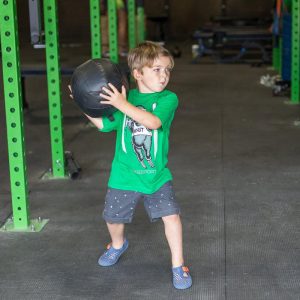 For one, rebounding medicine balls often rebound too quickly off of the ground or off of walls for this age, resulting in frequent bloody noses and similar mishaps. Tossing balls back and forth hasn’t worked well with this age due to hand/eye coordination challenges and the relatively large size of many balls.
For one, rebounding medicine balls often rebound too quickly off of the ground or off of walls for this age, resulting in frequent bloody noses and similar mishaps. Tossing balls back and forth hasn’t worked well with this age due to hand/eye coordination challenges and the relatively large size of many balls. 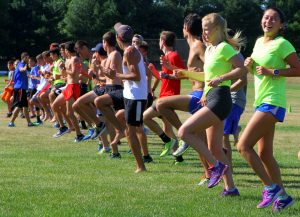
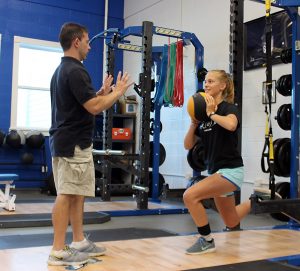 are being created in early June. The marketing angle should address the winter sports and possibly even spring sports. Additionally, receiving this information during the summer allows parents to prioritize the idea. Early bird pricing, etc. can be a great way to get a commitment before school starts.
are being created in early June. The marketing angle should address the winter sports and possibly even spring sports. Additionally, receiving this information during the summer allows parents to prioritize the idea. Early bird pricing, etc. can be a great way to get a commitment before school starts. 
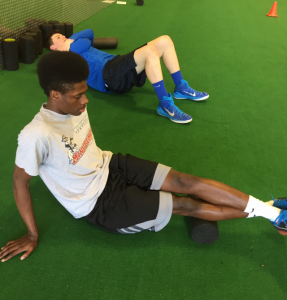 Engage them immediately with activity. Even if they are early, parents see an idle child as the devil’s playground. Part of your program should offer responsibilities and expectations for what children should do when they arrive. This could be a few simple stretches or foam roll exercises posted on the wall. It could be an on-going “high score” challenge (balance, hand-eye coordination, jump rope) they are working on. They may have a folder where they write down everything they’d eaten that day.
Engage them immediately with activity. Even if they are early, parents see an idle child as the devil’s playground. Part of your program should offer responsibilities and expectations for what children should do when they arrive. This could be a few simple stretches or foam roll exercises posted on the wall. It could be an on-going “high score” challenge (balance, hand-eye coordination, jump rope) they are working on. They may have a folder where they write down everything they’d eaten that day. Brian Sipotz is the Owner of Advantage Strength & Conditioning in Ann Arbor, MI and a co-owner of
Brian Sipotz is the Owner of Advantage Strength & Conditioning in Ann Arbor, MI and a co-owner of  passionate about something beyond just monetary gains. As an example, I did a little bit of NBA combine prep towards the end of my U-Conn experience, so I had some time in it. When I got into the baseball world, what basically happens is you’re swamped from the second week in September all the way up until the first week in March. And then you have six weeks to gather your thoughts before you start going with your summer guys. It’s a tough schedule. So I’ve had some agents who represent baseball players as well as basketball players and football guys, and they’ve asked me if I’d be interested in doing NBA combine or NFL combine prep. While it sounds great, that would be walking away from the four weeks of quiet that I get each year. You have to be passionate about it but you have to be passionate about it beyond just monetary gains because if I try to be everything to everybody, it doesn’t work. Our baseball guys appreciate us even more because they don’t see a bunch of 350 pound offensive linemen walking around, and I don’t look like a guy who’s going to play linebacker in the NFL, so you have to be able to want it for more than just money.”
passionate about something beyond just monetary gains. As an example, I did a little bit of NBA combine prep towards the end of my U-Conn experience, so I had some time in it. When I got into the baseball world, what basically happens is you’re swamped from the second week in September all the way up until the first week in March. And then you have six weeks to gather your thoughts before you start going with your summer guys. It’s a tough schedule. So I’ve had some agents who represent baseball players as well as basketball players and football guys, and they’ve asked me if I’d be interested in doing NBA combine or NFL combine prep. While it sounds great, that would be walking away from the four weeks of quiet that I get each year. You have to be passionate about it but you have to be passionate about it beyond just monetary gains because if I try to be everything to everybody, it doesn’t work. Our baseball guys appreciate us even more because they don’t see a bunch of 350 pound offensive linemen walking around, and I don’t look like a guy who’s going to play linebacker in the NFL, so you have to be able to want it for more than just money.”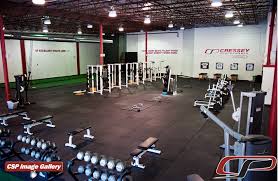 “It’s hard to really grow a specific niche if you can’t outfit your facility to accommodate it. When you walk in our facility in Massachusetts, we’ve got two big tunnels for pitching and throwing and now doing video, and stuff like that makes a big difference. If we didn’t have that it would be harder to cater to baseball players.”
“It’s hard to really grow a specific niche if you can’t outfit your facility to accommodate it. When you walk in our facility in Massachusetts, we’ve got two big tunnels for pitching and throwing and now doing video, and stuff like that makes a big difference. If we didn’t have that it would be harder to cater to baseball players.”
 Dave has been in the industry for nearly 15 years and has worked with top professional athletes and teams throughout the National Football League, Major League Baseball and more. His vision is to inspire people to live healthy lives and provide them with tools to do so.
Dave has been in the industry for nearly 15 years and has worked with top professional athletes and teams throughout the National Football League, Major League Baseball and more. His vision is to inspire people to live healthy lives and provide them with tools to do so. To us, a community is defined as a welcoming, positive training environment that includes supportive coaches and teammates. The community pushes and encourages each other.
To us, a community is defined as a welcoming, positive training environment that includes supportive coaches and teammates. The community pushes and encourages each other.



